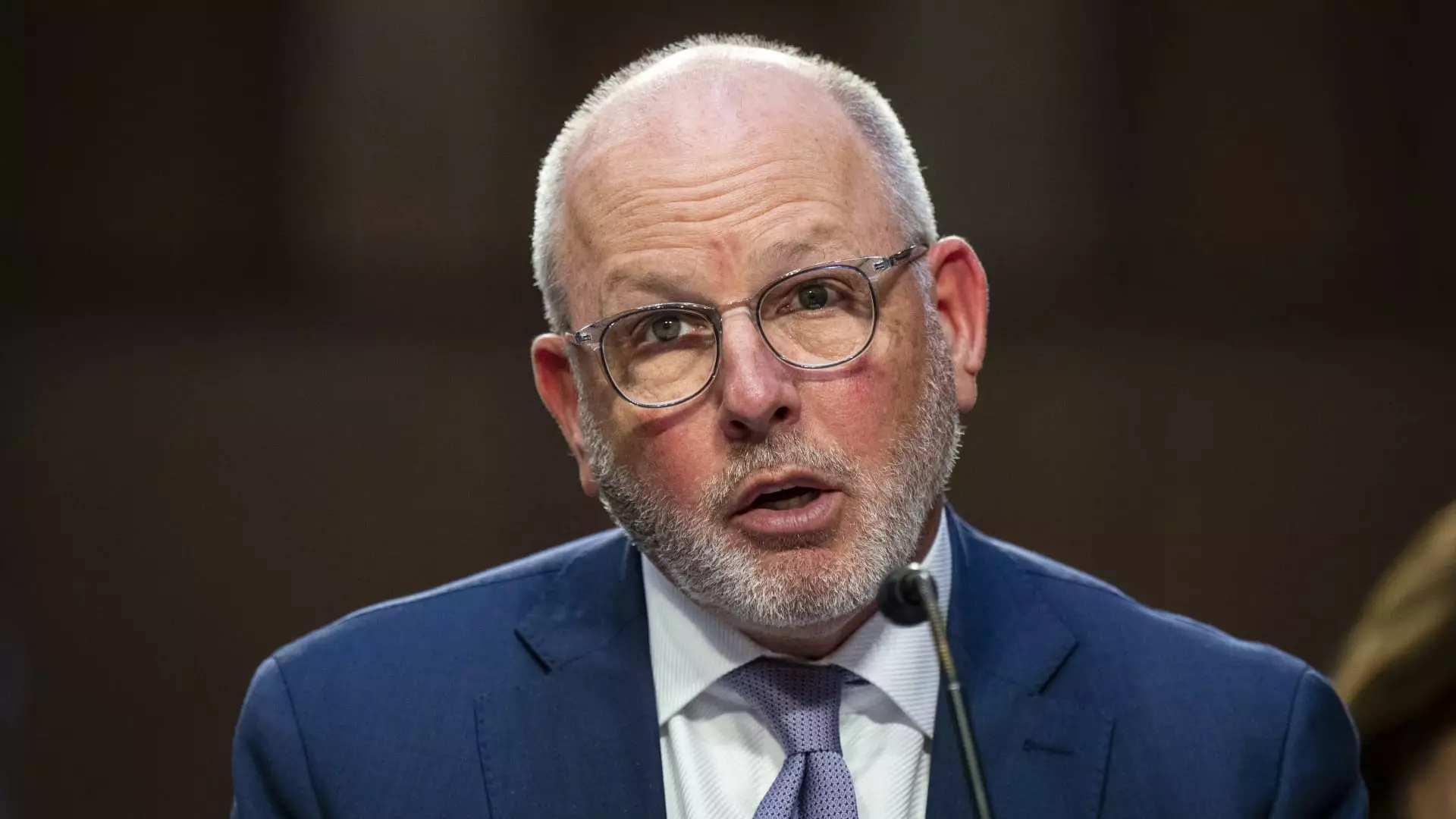Pharmacy Benefit Managers (PBMs), with entities like CVS Health’s Caremark at the forefront, play a central yet controversial role in the American pharmaceutical landscape. These intermediaries are positioned between drug manufacturers, insurers, and pharmacies, ostensibly tasked with negotiating prices and managing drug formularies to ensure that patients receive medications at lower costs. Nonetheless, a growing chorus of criticism questions whether PBMs truly fulfill this function or contribute to inflated costs within the healthcare system.
The core of the contention lies in the way PBMs operate. They negotiate rebates and discounts with pharmaceutical companies, but the secrets behind these negotiations remain opaque. While the intention is to reduce drug prices for consumers, many argue that the savings generated from these negotiations do not reach the end users. This criticism has gained momentum amid rampant increases in drug prices, leading to calls for more transparency and accountability from PBMs and the pharmaceutical manufacturers alike.
David Joyner, the CEO of CVS Health, recently defended the operations of Caremark during a quarterly earnings call, taking the opportunity to articulate the role PBMs play in mitigating rising healthcare costs. Joyner attributed high prescription prices to various factors, notably the “monopolistic tendencies” of drug manufacturers that maintain inflated pricing structures. He indicated that the complexities of healthcare provision—including labor shortages, heightened service utilization, and increasing costs from healthcare providers—contributes to the financial burden on patients and taxpayers.
Despite Joyner’s assertions that PBMs are essential in counterbalancing these monopolistic practices, the pharmaceutical industry has presented a powerful counter-narrative. Many in the sector argue that PBMs exacerbate the problem, often siphoning off rebates intended for consumers and leaving patients facing the same—or even higher—out-of-pocket costs. This creates a paradox wherein PBMs claim to drive down prices, yet the end result for patients remains largely unchanged.
The debate surrounding PBMs has caught the attention of lawmakers from both political parties, sparking inquiries into their practices. Public sentiments are shifting, and even those who traditionally favored business perspectives are beginning to scrutinize the practices of these intermediaries. How PBMs negotiate prices, how they operate with drug manufacturers, and their overall impact on patient costs have become focal points for regulatory bodies such as the Federal Trade Commission (FTC).
With pharmaceutical lobbying groups like PhRMA voicing concerns about the intensified scrutiny faced by PBMs, the fragile balance within the healthcare ecosystem is more apparent than ever. The pharmaceutical industry claims that PBMs are being subjected to well-deserved scrutiny because they have become profit-driven entities instead of cost-reducing agents. They contend that investigating PBMs—which manage significant portions of U.S. pharmaceutical spend—could yield insights that lead to broader healthcare reform.
As the debate unfolds, it is evident that a structured reevaluation of PBMs is necessary. Transparency remains critical; consumers, insurers, and all stakeholders must understand how negotiations occur, where savings are applied, and how pricing structures are developed. A comprehensive investigation into the operations of PBMs could provide necessary guidance on the appropriate role they should play in the future healthcare landscape.
While the intention behind PBMs is to mitigate healthcare costs and enhance patient access to necessary medications, the execution of this role is mired in controversy and criticism. A combined effort from policymakers, regulatory agencies, and industry stakeholders is essential to drive meaningful reform in the pharmacy benefits arena. Only then can trust be restored, and the ultimate goal of accessible healthcare be realized for all Americans.

